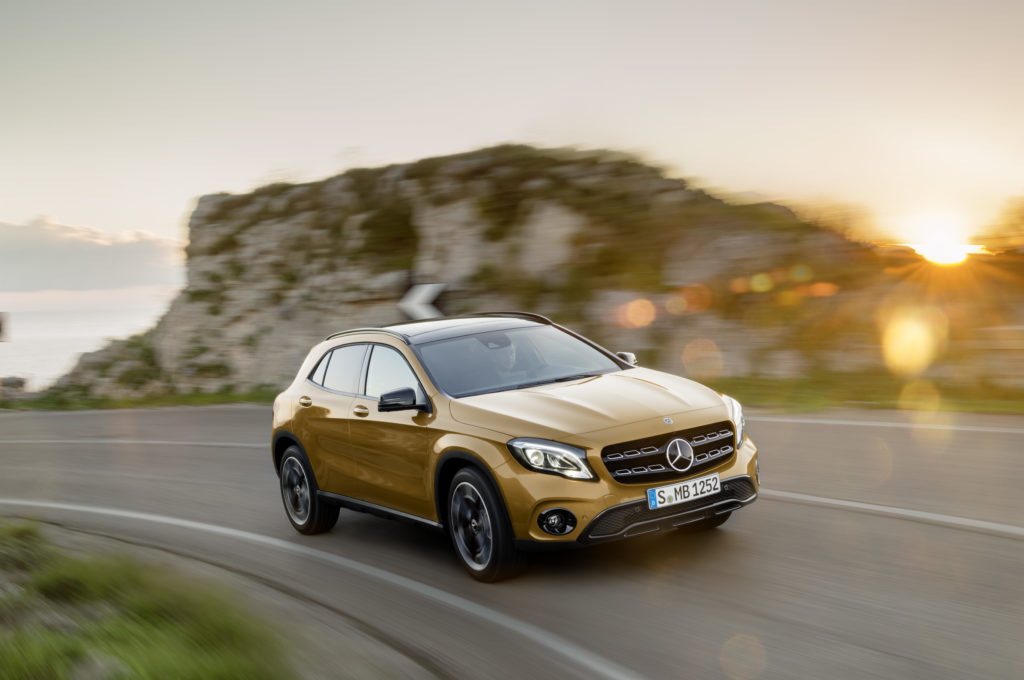Sports utility vehicles pack plenty of power and capability. They’re also the place to
Citroen C5 Aircross
French marque Citroen’s latest contribution to the crowded SUV market is the C5 Aircross. With many rivals in the market, it needs something to make it stand out from the crowd, so Citroen

Described by the company as “An ambassador of the Citroen Advanced Comfort programme”, it claims to have two innovations that make the ride smoother. The first is suspension with progressive hydraulic cushions that filter and absorb major and minor surface unevenness – something that is bound to be popular on Britain’s pothole-riddled roads.
The second is advanced comfort seats that are wider than standard car seats and designed to feel more like home furniture. The front seats are also heated – perfect for driving on a cold, winter day. Additionally, there are also three full-width individual rear seats in the C5 Aircross, so all three passengers in the second row have the same comfort, rather than the person in the middle feeling cramped. Those rear seats also slide individually and can be folded flat to increase the boot space
Returning to the comfort theme, the C5 Aircross has been designed with increased
The C5 Aircross also has an AQS – Air Quality System, in the cabin that purifies the air by filtering it and adjusting the mode of circulation in the cabin.
Mazda CX-3
Mazda’s CX-3 SUV has received a refresh, with some relatively minor bodywork changes on the outside as well as introducing more technology inside.

For instance, Mazda has retained the traditional
The CX-3 is available in
While the CX-3 comes with a decent number of features as
Standard from SE-L Nav+ is Advanced Smart City Brake Support which automatically puts the brakes on if a collision is likely, and a lane departure warning system that beeps if you wander out of your lane on a motorway or dual carriageway.
Mercedes-Benz GLA
Mercedes-Benz’s GLA is a compact SUV but looks-wise it’s more akin to a sports car. However, with all-wheel

The GLA comes with a 6-speed manual gearbox as standard, although there is an automatic version available too – featuring paddle shifts behind the steering wheel so you can manually change gears as well.
The interior is as comfortable as you would expect from a Mercedes-Benz and the dashboard is intuitively designed with everything in clear sight and buttons within easy reach. A useful add-on is
Suzuki Vitara
Even though the Vitara has been updated for 2019, Suzuki

Suzuki will tell you that the Vitara is “Built to excite” and “Designed to thrill” and backs these claims up by presenting it with an efficient
Although, the Vitara is still very much
At speeds around
Naturally, the Vitara features Bluetooth connectivity but the real goodies are found in the SZ-T and SZ5 with the Smartphone link giving access to the sat nav and your other apps on the car’s display.



